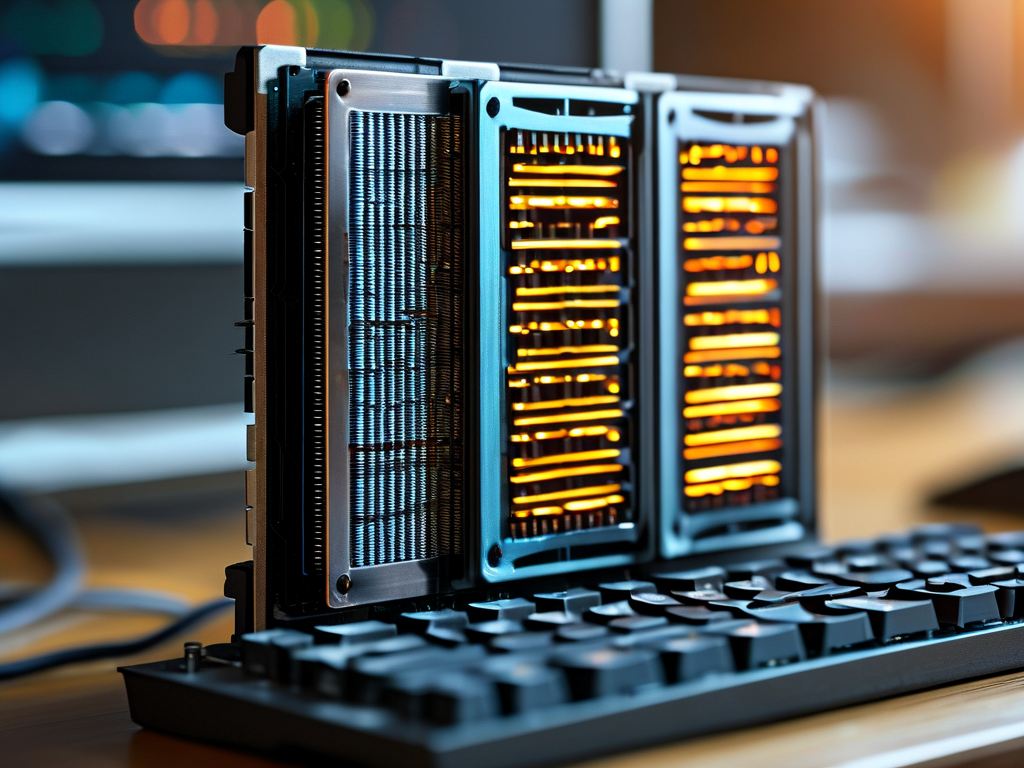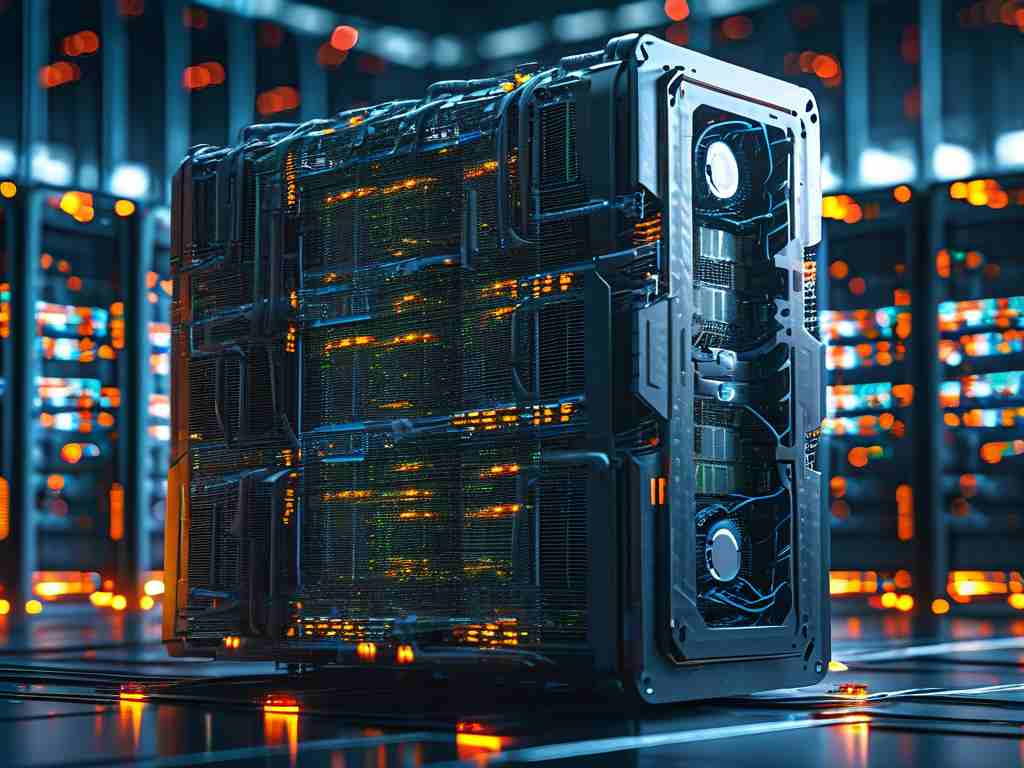In modern computing systems, the relationship between memory capacity and processing efficiency remains a critical yet often misunderstood topic. While processor clock speeds dominate mainstream discussions about performance, memory architecture plays an equally vital role in determining real-world computational throughput. This article explores the technical rationale behind why doubling memory capacity frequently correlates with measurable improvements in processing speed.

At its core, memory acts as a dynamic workspace for processors. When applications run, they store temporary data in Random Access Memory (RAM) rather than relying solely on slower storage devices like SSDs or HDDs. Modern processors like AMD's Ryzen or Intel's Core i9 series operate at nanosecond-level response times, but even this blistering speed means nothing if memory subsystems can't keep pace. Consider this: A CPU capable of executing 5 billion instructions per second becomes bottlenecked if the memory bus delivers data at 1 billion cycles per second.
Doubling memory capacity addresses this imbalance through two primary mechanisms. First, it reduces the frequency of cache misses – scenarios where required data isn't available in the processor's immediate cache. When this occurs, the system must retrieve information from slower storage tiers, creating latency. With expanded RAM, more data remains readily accessible in the fastest available memory layer. Second, increased memory bandwidth allows simultaneous handling of multiple data streams. Modern DDR5 modules, for instance, achieve transfer rates exceeding 6,400 MT/s, enabling smoother multitasking and complex computation.
Real-world testing demonstrates these principles. In 2023 benchmarks using Blender 3D rendering software, systems with 64GB DDR5 RAM completed complex scenes 22% faster than identical configurations with 32GB. This acceleration occurs because larger memory pools prevent constant data swapping between RAM and virtual memory (page files on storage drives), a process that introduces microsecond-level delays. While these pauses seem insignificant individually, they compound dramatically during intensive workflows.
The mathematics behind memory scaling reveals why exponential gains occur. Memory throughput follows this relationship:
Effective Speed = (Bandwidth × Channels) / (Access Latency + Transfer Time) Doubling memory capacity typically involves adding more memory chips or higher-density modules, which increases available bandwidth and channel utilization. For example, upgrading from single-channel to dual-channel memory configuration effectively doubles the data pathway width between RAM and CPU. When combined with increased capacity, this creates multiplicative effects on data transfer efficiency.
Industry trends validate this technical reality. Major cloud providers like AWS and Azure now offer virtual machines with memory-optimized instances featuring 1TB+ RAM for machine learning workloads. These configurations enable algorithms to process entire datasets in memory rather than making repeated storage calls. NVIDIA's DGX systems similarly pair massive GPU arrays with proportional memory scaling to accelerate deep learning tasks.
However, memory expansion only yields benefits when properly balanced with other components. Pairing 128GB RAM with a low-end processor creates new bottlenecks, as the CPU lacks sufficient cores to utilize the available memory bandwidth. System architects must maintain equilibrium between processing power, memory capacity, and storage speed – a concept known as the "computational triad."
Emerging technologies like Compute Express Link (CXL) promise to deepen memory-processor integration. This open interconnect standard allows processors to share memory pools with accelerators and peripherals, effectively creating distributed memory architectures. Early adopters report 30-40% performance improvements in database operations when implementing CXL-enabled memory expansion.
While consumer devices rarely require extreme memory configurations, even mainstream users benefit from moderate upgrades. Video editors working with 8K footage, for instance, experience fewer dropped frames and faster timeline scrubbing when doubling from 32GB to 64GB RAM. Game developers compiling large codebases see 15-20% reduction in build times with expanded memory allocations.
The future of memory technology suggests even greater speed correlations. Phase-change memory (PCM) and magnetoresistive RAM (MRAM) prototypes demonstrate nanosecond-scale access times while maintaining non-volatile storage characteristics. As these technologies mature, the distinction between memory and storage may blur, enabling new architectures where "doubling memory" could mean simultaneously expanding both capacity and persistence layers.
In , the connection between memory capacity and computational speed stems from fundamental computer architecture principles. By reducing latency penalties, optimizing data flow, and preventing resource contention, expanded memory configurations allow modern processors to operate at their full potential. As software grows increasingly data-intensive, strategic memory scaling will remain essential for unlocking peak system performance across both consumer and enterprise computing environments.









